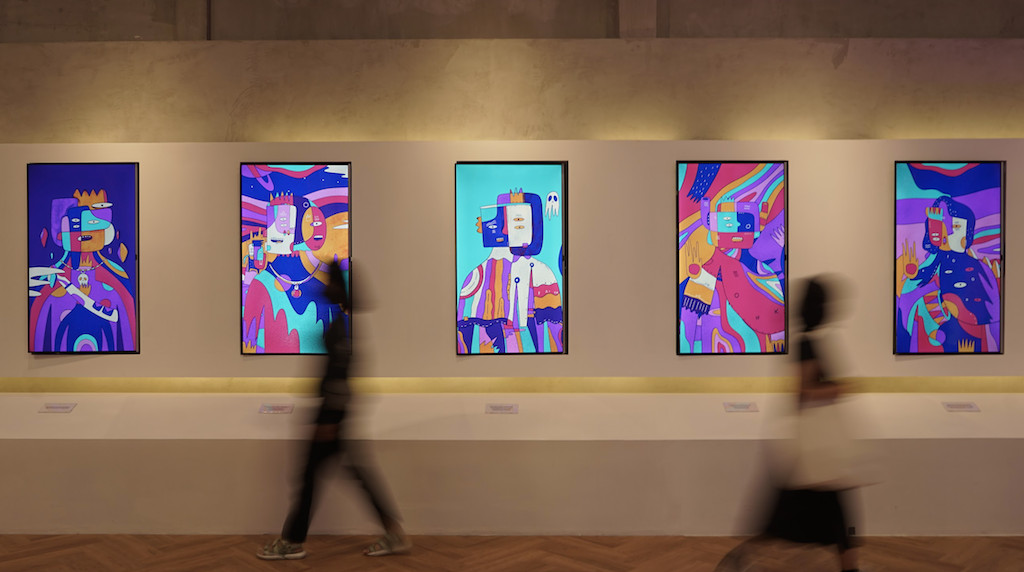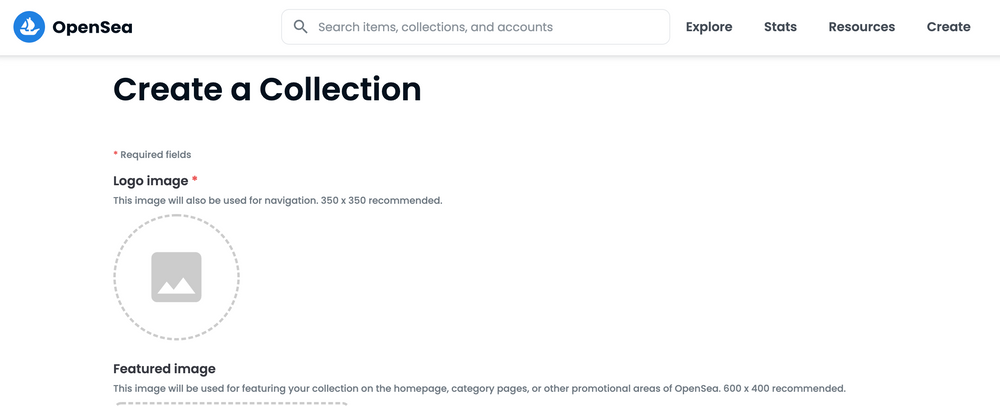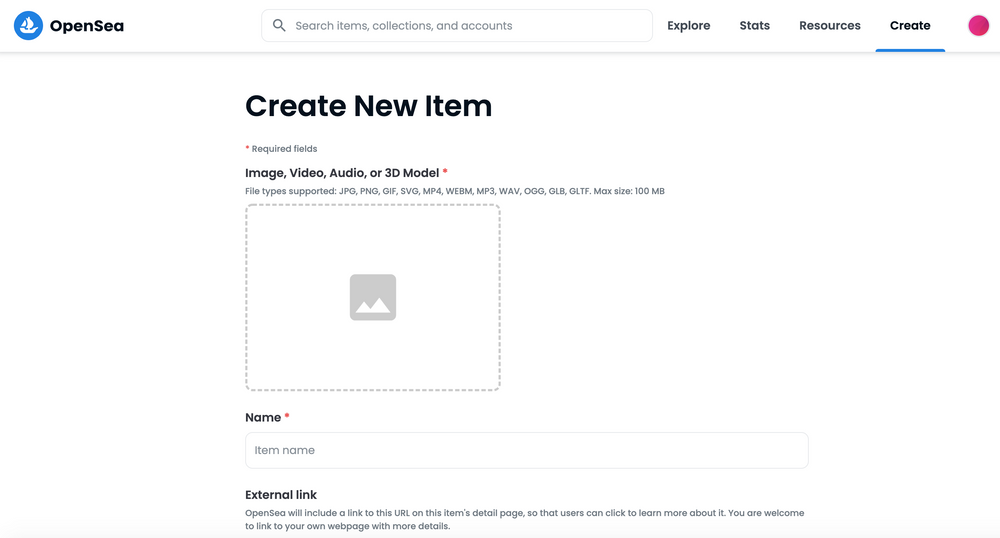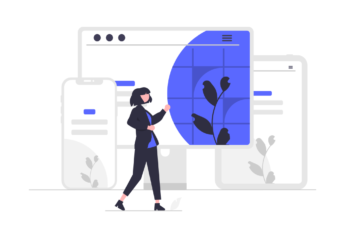Table of Contents
Many artists and designers have seen some of these NFT artwork set records at auctions and are wondering how to create and sell NFTs.
So how can you start selling NFTs? The first step is to research and select one of the NFT marketplaces. OpenSea is one of them and the largest platform for selling NFTs. Think of it as an online gallery of digital art, trading cards and other creative artwork. It works like an auction house and wants to bid on a product and win, but there is also the option to “buy now” for a set price.
What are NFT Tokens?
Non-fungible tokens (NFTs) have taken over Internet culture in the last few months, and it’s easy to see why.
NFTs are changing the way developers sell their work online, and gaming companies are building the universe with an economy to earn. NFTs are also gaining in popularity among crypto companies to reward loyal customers and encourage specific actions.
Recent headlines have made NFTs a major use case for the larger crypto movement, with astounding sales from the OpenSea Marketplace and support from celebrities like Jay Z.
In short, NFTs are unique digital assets whose ownership is recorded on the blockchain. This prevents copying or duplication. Therefore, the value of NFTs is related to the concept of shortage. The less something, the more valuable it is.

Most of the NFT projects are currently being developed on the Ethereum blockchain. Unlike Bitcoin, Ethereum has advanced smart contract features that enable the development of NFTs with unique attributes. New blockchains like Solana are also introducing the NFT ecosystem.
On Ethereum, users can purchase NFTs and redeem them for other ERC20 tokens such as ETH or Stablecoin. Now that we’ve covered the basics, let’s take a closer look at everything you need to know about creating, selling, and collecting NFTs.
Types of NFTs
1. Art
Beeple’s dramatic $ 69 million sales at the auction house Christie last year brought NFTs to the world of art. More and more artists are relying on Ethereum to create a living monetary bureau and sell NFTs.
NFT artist Pplpleer was featured in a recent issue of Fortune magazine and designed the cover.
2. Game Items and Rewards
Games like Axie Infinity have attracted hundreds of thousands of players and large investors, and Play-to-Earn games are rapidly becoming the most obvious use case for NFTs.
In different game universes, NFTs act as incentives to perform specific in-game actions or show in-game items. For example, players are rewarded for breeding “Axies” (actually NFTs) in Axie Infinity by receiving transaction fees when Axie “breeds”.
NFTs are at the heart of the user experience for play-to-earn games, a booming sector.
3. Music
NFTs are already changing the way musicians and fans create, share and listen to music.
For example, artists can retain full control and ownership of their work when linking music files to NFTs. You can also use smart contracts to provide your fans with a portion of their revenue. Opuolus is an NFT platform that supports it.
OpenSea and Rarible sell NFT music in addition to art and collections by renowned artists. For example, Strange Loop Studios and The Weeknd have sold a collaboration of eight songs.
4. Collectibles
Do you remember collecting baseball cards when you were a kid? Do you have stamps or beanie babies? If you have been a collector, you will soon understand NFT collections. This is because NFT collections are priced just like real collections based on their rarity.
Collectors can check the number of NFTs in circulation in the smart contract itself, or use various tools to check their rarity. People create NFT collections for a variety of reasons, but the tendency to buy NFTs for use as profile pictures or avatars is probably the most obvious.
5. Tokenized Real World Assets
As NFTs increased during the outbreak of COVID 19, tokenized real-world assets have emerged as another potential use case for NFTs.
The concept is simple. A company can divide a tangible asset into fractions expressed as NFTs and sell it. Owners of NFTs (or groups of NFTs) receive ownership of a proportional portion of the property.
This isn’t the only example, but real estate tokenization is probably the easiest use case to navigate. Investors can buy fractional properties around the world, similar to timeshare investments.
What Do You Need to Make an NFT?
1. Wallet
When creating an NFT, the first thing you need is a crypto wallet. Some of the most popular cryptocurrency wallets are MetaMask, Trust Wallet, Wallet Connect, Fortmatic, Portis and Coinbase wallet.
2. Platform
Currently the main NFT marketplaces in the market are OpenSea and Rarible. Other major NFT marketplaces include NiftyGateway, Binance and Crypto.com, as well as their NFT trading forums.
What Can you Tokenize?
Some of the most tokenized assets are:
– Private equity shares;
– Real Estate;
– Commodities.
How to Create an NFT?
Step 1: Choose an NFT Marketplace
This is the most important and first step in creating NFT artwork. There are two categories to choose from.
– Curated Platform: Only certified artists can create or create digital art tokens in this NFT Marketplace category. They are mainly interested in high quality digital art stamps, not low quality souvenirs.
– Self-service platforms: These marketplaces allow anyone to create their own NFTs. You can create your own files using photo, movie, or audio files. You can also charge a royalty fee for the secondary sale of tokens.
This category includes the two platforms mentioned above, such as OpenSea and Rarible. The downside of open platforms is, unfortunately, that there are too many impersonators and scammers in these NFT marketplaces.
Step 2: Set Up a Crypto Wallet
In this example we gonna use MetaMask wallet address with Polygon Network and we will use OpenSea Marketplace for creating an NFT.
The first step would be to open MetaMask account, set up Polygon Network in order to mint your NFT for 0$ since Polygon minting is free on OpenSea, so you don’t have to pay for gas fees.
Step 3: Create Your NFT Collection:
Go to OpenSea and click the wallet icon in the upper right corner to connect your crypto wallet. You need to sign the message in your wallet-this acts as a login. Then click the circle next to the wallet icon. This is your profile. “My Collection” appears in the user interface of your OpenSea account. Click to act as a digital art store or gallery.

Next, you need to name the collection, enter a description, and upload the display image. This lays the foundation for presenting your work of art after completion.
Step 4: Creating your Digital Art Token
Once the collection is complete, we will begin the main process of creating an NFT. Clicking Add New Item gives you the option to add metadata such as visuals (JPG, PNG, GIF, etc.), audio (MP3, etc.), 3D (GLB, etc.) files. ) Give the token a name.

There is no limit to the number of tokens, but you must create one at a time. Therefore, it is also important to consider how many different copies of the same token will be made.
– Standalone token: Also known as 1: 1. This means that you can only make one copy of that particular digital art token, which can increase its value.
– Edition Tokens: You can make as many duplicates of the same token as you like. To distinguish each copy, add the edition number.
Then add attributes, layers, and analytics as needed to allow your customers to sort their artwork as they browse the collection. The date the token was created is an example of a property.
Click Create to add the NFT to the blockchain. At this step, ETH will have to pay a permit and gas charges.
You can then choose the payment tokens you want to accept digitally. You can also choose the amount of royalties you will receive from the secondary sale of the artwork.
Step 5: Listing Your Artwork For Sale
Once you have created NFTs, you need to sell them. Again, you can choose between a fixed-price offer or an auction where you decide your own price. If this is your first time creating and selling an NFT, you will need to pay for the gas before posting the artwork.
Disclaimer: The opinion expressed here is not investment advice – it is provided for informational purposes only. It does not necessarily reflect the opinion of EGG Finance. Every investment and all trading involves risk, so you should always perform your own research prior to making decisions. We do not recommend investing money you cannot afford to lose.
 English
English Français
Français Español
Español Bahasa Indonesia
Bahasa Indonesia 中文 (中国)
中文 (中国) Русский
Русский Português
Português Deutsch
Deutsch

